The Witches Play Macbeth
by Marianne Kimura
In Birnam Wood, we’d all meet, all the witches,
to dance. We’d twirl and skip under the stars with the god Pan. No dull churches
for him: he could be found only in groves and grottoes, riverbanks and the little
sandy edges of the Forfar Loch, where grasses grew.
Sitting on a rock, he played his reed flute, a
sad tune, and we would weep.
His furry legs and hooves tapped out the rhythms
on the rocks.
Hecate, the goddess of the witches, also joined
us. She particularly appeared when the moon was full. She would just step out
from behind an oak tree as if she’d been there all along.
She could sing and, knowing their names, she
called to the owls.
We were real witches, so we were untouchable,
like fog or foam on the sea, as far as the witch hunts went. We looked like
real men or women, and acted like them, we even lived among humans.
But we witches had special powers that made us
too clever to be captured. It wasn’t voluntary or something active that we did.
It was like we had an invisible shield around us so we couldn’t be accused of
witchcraft or imprisoned.
No one was safe, man or woman, from being
accused, except of course, ironically, we real witches. We were never caught.
However, governments did apprehend and imprison
ordinary people, the unlucky, usually those without money, social connections
and political power. Aged, outcast, impoverished, eccentric people who were disliked
by their neighbors or involved in disputes were accused of being “witches”.
If there was a bad harvest, or if someone
suddenly died, or if there was a freak weather incident….these events were due
to “witches”. A convenient scapegoat was then chosen and tried.
Our local feudal lord, Findley Macbeth, the
Thane of Glamis, accused almost 100 innocent women of using cats in spells to
make freak storms imperil his ships crossing the North Sea. According to the anonymous
writ denouncing the women, they had done the spells by swinging stray cats
around their heads and casting them from cliffs into the choppy waters.
A few months later he denounced beautiful young Maeve,
a servant in his castle, saying that she had bewitched one of his horses and
made it go lame.
Maeve’s trial, and those of the women who had “stirred
up the winds”, ended with guilty verdicts and vicious executions.
We real witches felt great sympathy for these
innocent victims.
Then, our festivities weren’t quite as festive.
Our heads drooped, our dances slowed. Pan also seemed troubled and
pre-occupied.
With each new human victim of the witch hunts, our
outrage grew and we, the real witches, became more and more convinced that
something needed to be done.
A lesson needed to be taught, and we were the
ones to do it.
“There are whispers that Maeve refused Macbeth’s
kisses. That was why he accused her of making his horse lame”, Elayne, my
sister, told us one evening in Birnam Wood as we witches gathered in a circle for
our festivities, “he had her tortured for days in her cell in revenge. Finally,
she was burned alive in the public square.”
“Let’s burn him in revenge!” George, the
blacksmith, said.
“We’d best wait for Hecate to come, when there’s
a full moon. She must decide what is to be done!” a woman’s voice called out.
But I was so furious that I didn’t want to wait
for Hecate’s permission or ideas. The full moon was weeks away.
“It is Findlay Macbeth who has accused and tried
witches and stirred this pot until it boils. Let’s go after him!” I said
impulsively, feeling a fit of self-consciousness blushing when everyone stared
at me.
“But he must know it was us!” said Gellis, a young
herbal medicine healer, “just having him die in a riding accident or due to the
plague will not carry our imprimatur. He must know us by our colors when this
fatal game is over. He must see. He must understand that the hands of witches
have personally brought him down.”
“Yes!” I agreed with enthusiasm, “yet we must
vanish in time!”
Three of us were selected. Me, because I had
suggested targeting Macbeth and now I was somewhat responsible for the mission;
Gellis, because she was quick with spells; and Jonet, because she was good with
theatrics, prophecies and poetry. We called ourselves Witch One, Witch Two and
Witch Three.
“We’ll wait on the heath, on the road to
Forres”, I suggested, “When he finds us on his way back from the battle he’s
fighting now against the Norwegians, we’ll fill his head with poisonous and fantastical
ideas.”
Just then there was the sound of hoof beats galloping and into
the clearing rode my gallant husband, Banquo.
Banquo jumped down from his horse and he gave me
a passionate kiss. He was a witch who could only attend our dances and
festivities occasionally due to his demanding schedule as a fighter, a soldier
and a skillful administrator in Findley Macbeth’s administration. He was a
mole, working for Macbeth as a spy for us witches.
“Sorry I’m late”, he said, “We’re still fighting
the Norwegians. I couldn’t get away easily until after it got dark. Did I miss
anything?”
I explained about our plan to use dooming
prophecies to take revenge on Macbeth for the women who had been executed. I
was a bit nervous. After all, he worked side by side with Macbeth.
“I’ll help you”, he said levelly, “Macbeth
deserves whatever revenge you can devise.”
A murmur of approval rose up in the crowd.
“Macbeth is hoping to be promoted”, Banquo said.
“His fondest hope is to become king.”
“We maybe could use that”, said Jonet.
“You can reveal to him a prophecy that my descendants
will be kings, not his. That information will send him over the edge. He’ll no
doubt try to have me killed.”
“Witches
aren’t immortal”, I said quietly but firmly, “there’s no reason for you to put
yourself in danger.”
“No problem. I can take care of myself.” He gave
me a sly wink, “I’m a witch too, remember.”
We had some weeks to prepare. Battles involving
Macbeth and the other generals and thanes raged on the inhospitable heath for
weeks and we knew we’d have to wait until these bloody conflicts ended. We
needed Macbeth to be alone and unhurried, not preoccupied with fighting. Instead,
we spent time with our familiars and tried to get into our roles. For our
familiars, I chose my gray cat, Graymalkin; Gellis selected her favorite toad,
Paddock; and Jonet decided to ask Harpier, not a pet exactly, like the other
two, but a wild raven she sometimes did spells with, to help.
There was one more problem. As wife of Banquo,
the Thane of Lochabar, I knew Findley Macbeth socially due to the fact that the
thanes and we wives attended parties for the king. In those days, Banquo was
posted in Forres, near Glamis, due to the fact that Lochabar, his estate in the
northern Highlands, was remote and inconvenient and no battles ever happened
there. Banquo and I were provided with a little house in Forres, near the
barracks, in which to live.
So of course I would have to disguise myself.
And Gellis and Jonet felt that elderly wise women would make the most
convincing witches as they would be the most stereotypical and expected type of
witch.
To practice, we did spells to transform
ourselves into three elderly women, withered and wild in our attire of torn
black capes and long skirts variously moss green and dark violet. One day we gathered
in Jonet’s garden, next to a hawthorn hedge during a lightning storm.
“When shall we three meet again? In thunder,
lightning, or in rain?” I shrieked, ex
tempore, into the storm.
Rain drops splashing down her face, Gellis
exclaimed, gripping my wrists, “When the hurly-burly’s done, When the battle’s
lost and won.”
Jonet’s turn next. I wondered what she would
come up with. She had a gift for poetry.
“That will be ere the set of sun.” A mischievous smile on her lips, Jonet said
the words in a voice like honey, smooth and magical.
We had to please, or Macbeth wouldn’t listen.
We needed to be good.
We shivered pleasurably, holding hands now in a
circle, the wind blowing our shredded garments into a thousand fighting banners.
It was my
turn.
“Where the place?” Short and practical, a counterpoint
to the poetic and lyrical.
“Upon the heath”, answered Gellis, in perfect
rhythm.
Jonet’s turn again.
“There to
meet with Macbeth.” Eyes now flashing against the gray sky, she
spat out his hated name with musical glee.
On another occasion, while practicing at dusk,
and hidden in the tall reeds on the banks of the Loch of Forfar, we devised an
impromptu and macabre routine.
I started by asking Gellis, “Where hast thou
been, sister?”
A loon swimming in the loch swooned down into
the mirrors of black water without a sound.
“Killing swine”, she tossed off after the
slightest pause. Witches were, of course, always and without any reason, being
accused of causing the deaths of farm animals.
Jonet shot me a glance.
“Sister, where thou?” she quizzed, eyebrows arched.
In haste to prove my mettle, I jumped into a
story I made up on the spot about a sailor’s wife who had refused to share her
chestnuts with me. As a result I added that I would take revenge on her poor
husband, vulnerable in his shaky little vessel, the Tiger, and on his way to Aleppo, Syria, to buy spices and silks
from the Orient.
Does that seem unfair to you?
Why should that innocent man, a small spot in
the ocean, pay for his wife’s bad manners?
But women are always the targets, are we not?
The victims of the witch hunts, almost always women. We are accused of being
lustful and lascivious, tempting men to sin, and of being nearer animals than
men.
So my purpose was to balance the scales a bit.
I like animals and if the sailor’s wife and I
are closer to animals, then I should stand with her.
So I chose the husband as my victim.
Witches are said to be vengeful, but that is a crusty
lie if ever there was one.
We like when things are fair, when the scales are
evenly balanced.
One grey morning, as a storm was scattering
sleet like seeds in handfuls across the streets, an exhausted-looking man knocked
at my door. This messenger, a witch sent by my husband, had traveled all night
on foot. After I let him in, he told me that the Norwegians had just
surrendered. He had some further news for me: Macbeth was going to be promoted
to Thane of Cawdor but didn’t know it yet.
Gellis,
Jonet and I had only a few hours to prepare and station ourselves near but not too near the castle of Glamis, on the
road from where the battle had taken place. We had to look like we were creatures
of the green-gray heath, like wild birds sheltering out of the wind.
Along the road through the heath, there was an
old slab of yellowish stone, almost as tall as two men, called the Serpent
Stone by locals because ancient Picts had carved two entwined figures that
looked like snakes on its surface. We had decided to stand beside it.
It would
lend us a mystical, antique atmosphere, but the Serpent Stone was a good walk
away and we had to hurry. The weather was hideous and cold; the sleet had
turned to hail, and thunder punctuated the air as we hurried on foot. We were
out of breath when we arrived at the icy Serpent Stone, and we quickly did the
necessary spells to transform ourselves into ancient crones: Witches One, Two
and Three.
We waited some time, enough to become quite
cold. There was a stiff gust of wind, and then we saw the two victorious
generals, Macbeth and Banquo, come riding from the west. Macbeth made as if to
continue on, but Banquo, of course, stopped and dismounted and then Macbeth had
to stop as well.
Insinuating that he was unhappy about stopping
in the bad weather, Macbeth loudly complained, “so foul and fair a day I have
not seen”.
Banquo ignored him and tried to cover over any awkwardness
by asking an innocent traveler’s question: “How far is’t call’d to Forres?” But,
slightly shaking and nervous, he couldn’t wait for an answer. Pointing at us,
he asked in a loud stagy voice, “what are these so wither’d and so wild in
their attire?”
But Macbeth, with a scowl on his face, was
pulling on the reins of his horse, as if making to continue the journey. No
doubt the weather was unpleasant and he wanted to be back home to a warm fire.
Afraid to lose his audience, Banquo loudly
started speaking as fast as he could: “That
look not like the inhabitants o’ the earth, and yet are on’t? Live you? or are
you aught that
man may question?”
He had brought the
topic around to divination!
We watched silently.
We tried to assume
hostile, and sullen poses. We knew we were more likely to find success in
seeming to have no interest.
We watched, tense,
yet secretly elated, as Macbeth slowly dismounted and walked over to Banquo,
whose long speech, delivered like a magician with his hands in the air, gave
the impression that he was conjuring us: “You seem to understand me, By each at once her chappy
finger laying upon her skinny lips: you
should be women, and yet your beards
forbid me to interpret that you are so.”
Macbeth held up his
hand, cutting off Banquo from saying anything more.
He stepped in front of Banquo and commanded us:
“Speak, if you can: what are you?”
I chanted “All hail, Macbeth, hail to thee,
Thane of Glamis!”
Gellis, in an ethereal white veil, like a ghost,
intoned in an otherworldly voice, “All hail, Macbeth, hail to thee, Thane of
Cawdor!”
Over the wind, Jonet, in a long black gown with
a hood, screamed, “All hail, Macbeth, that shalt be king hereafter!” She thrust
her broom in the air regally like a monarch’s scepter.
At Jonet’s provocative words, Macbeth’s mouth
dropped open and his piercing cold eyes almost seemed like they would explode
in fire and set his thatch of sandy thin hair ablaze. Jonet, the oracle, fixed
her eyes straight ahead.
Now Banquo knew that we had caught the trout,
and he played it up: “Good sir, why do you start, and seem to fear things that
sound so fair?” Patiently, he turned to us and repeated the prophecy as if it
were already a near-certainty: “My noble partner you greet with present grace,
and great prediction of noble having and of royal hope, that he seems rapt
withal; to me you speak not.” He paused for effect, letting us seem to consider
his words, creating dramatic effect.
Banquo continued, “If you can look into the
seeds of time, and say which grain will grow, and which will not, speak then to
me, who neither beg nor fear your favors nor your hate”.
We had arrived at the part where we would have
to tell Banquo’s dangerous fortune. My words would put my husband in peril from
this cruel and ambitious man.
But I had to keep to the script.
“Lesser than Macbeth and greater”, I said in a
piercing whisper, staring intensely ahead at the air, not at my husband.
“Not so happy, yet much happier”. Glennis’ voice
was chipped ice.
“Thou shalt GET KINGS, though thou BE NONE”, Jonet
wailed as if in a trance, adding, almost mockingly, “So all hail, Macbeth and
Banquo!”
“Banquo and Macbeth, all hail!” I shouted,
defiantly putting my husband’s name first.
We turned around and ran a few meters away so
Macbeth wouldn’t hear our disappearing spell. Then we huddled together and said
the magic words that created the necessary illusion we had vanished into the
air.
Days later King Duncan was stabbed to death in
bed while visiting Macbeth’s castle. Rumors flew about the identity of his
killer, but nothing was proven. Banquo, of course, was there that night and
knew very well that it was Macbeth who had done it.
Macbeth, as expected, was crowned king. He
continued to treat Banquo with obsequious kindness and had us moved into a
larger house.
However, we were certain that Banquo would be an
eventual target, so we made sure to get a witch, my cousin Seyton from
Edinburgh, hired as a servant in Macbeth’s castle, to spy for our side.
Seyton indeed played an important part.
Macbeth, asking around, found two men who agreed
to kill Banquo after Macbeth told them many lies about how all the wrongs he’d
done to them were really Banquo’s fault. But Seyton, busying himself nearby by
polishing some swords, was eavesdropping on that whole conversation.
When Macbeth had finished talking to the hired
killers, he dismissed them and Seyton led them to the door and in a low murmur
told them they could have money provided they would accompany him to the
stables. Seyton sat them down in the stables and proceeded to persuade them to only
pretend to kill Banquo.
As it turned out, the two men had actually not put
any credit in Macbeth’s story blaming Banquo for everything and they were relieved
to have a way out of their agreement with Macbeth.
So the groom gave them some more gold and arranged
with them to perform a fake attack.
The groom and the two hired killers went to the
spot to wait for Banquo and Fleance. They flagged Banquo down and explained the
situation. And then all of them played out a simulated ambush, with some staged
shouting and screaming and throwing of rocks and mud. Then the hired killers
went back to the castle, after one of them cut his finger and wiped the blood
on his face to make it appear he had been violently fighting. That’s why
Macbeth says “there’s blood upon thy face” to him.
Another important decision we made was for the
murderers to tell Macbeth that Fleance had escaped. Then the witch’s prophecy
would be still possible, a nagging weight on Macbeth.
Our plan included Banquo dressing up as a bloody
ghost and materializing before Macbeth in order to drive him a bit mad. We
hadn’t planned on having the haunting scene take place so soon after Banquo’s
“death”, but that evening Macbeth was holding a dinner party, which Banquo and
I had been invited to attend. As Banquo laughingly told me later, “I didn’t
want to hurt his feelings by ignoring his kind invitation.”
So Banquo used a knife to cut a shallow harmless
wound in his finger and wiped his handkerchief in the blood and wrapped his
head in the handkerchief. Also, he rubbed mud and dirt on his cheeks, then he
raced to the castle and stole into the grand hall just as King Macbeth was grandly
greeting his guests.
Of course it had a wild effect. And because
Banquo was an adept witch, he knew how to make himself only visible to Macbeth
and not to the other dinner guests or even Lady Macbeth. On and off, like a
firefly glowing intermittently, he appeared and disappeared, shaking his
blood-stained hair at the by now horrified and trembling monarch or mischievously
taking Macbeth’s seat before Macbeth could sit down.
As the noble Lady of Lochabar, I was there, of
course, pretending to be dismayed and distressed both by the strange madness of
our new monarch and by the unaccountable absence of my husband.
The dinner party ended very early after a broken
and pale Lady Macbeth dismissed all the guests. I walked back home alone under
the trees, my heart singing.
Going into the bedroom, I opened my clothes
closet and found my husband half-asleep on some pillows on the floor there.
He pulled me down next to him and gave me a hug.
In the dark I touched his face and hair. His
hair was clean, though slightly damp.
“How did you wash out all that blood and mud?”
“I jumped in the river on the way home and
scrubbed,” Banquo said.
“I’ll have to live in this closet for a while”,
he continued, “We can’t have the servants seeing me and gossiping about how I’m
really still alive.”
“Yes,” I agreed. I was thinking what a relief it
would be to no longer have to worry about my husband being killed by Macbeth.
It had been an utter strain on us since we hadn’t been sure how Macbeth would go
about it. Now Fleance, our son, who was 20, was on his way back to Lochabar,
where he would hide out with our gamekeeper; and my husband was safely in a
closet, where he couldn’t fight in any wars or be attacked by Macbeth.
“Don’t worry, I’ll feed you properly”, I
giggled, tickling him under his arm.
A few months passed and one night, when it was a
full moon, Gellis, Jonet, Banquo and I went to the clearing in Birnam Wood to
dance.
Hecate stepped out from behind her oak tree and,
unusual for her, had an awful scowl upon her face.
“Why, how now, Hecat? You look angerly”, I
whispered, dismayed.
Hecat spoke at length, quite poetically:
“Have I not reason, beldams as you are,
Saucy and overbold? How did you dare
To trade and traffic with Macbeth
In riddles and affairs of death;
And I, the mistress of your charms,
The close contriver of ll harms,
Was never call’d to bear my part
Or show the glory of our art?”
And which is worse, all you have done
Hath been but for a wayward son,
Spiteful and wrathful, who, as others do,
Loves for his own ends, not for you.
But make amends now: get you gone,
And at the pit of Acheon
Meet me in the morning: thither he
Will come to know his destiny.”
Your vessels and your spells provide,
Your charms and everything beside.
I am for th’ air; this night I’ll spend
Upon a dismal and fatal end.
Great business must be wrought ere noon
Upon the corner of the moon……”
After a few more theatrics, she casually adjusted
her enormous midnight-blue shawl around her shoulders and swooped off on her
broom into the freezing night air.
The moon was far away and she would need hours
to get there.
In the silence of the wood, Jonet, Gellis and I
couldn’t help but squeal with excitement, our breath white swirls of crystal mist.
Despite the fact that Hecate was upset that we
had made and carried out our plans without consulting her, she had forgiven us
and she was even helping us: we now knew we’d have to go to the pit of Acheron,
the local nickname of a little natural cave in the side of a rocky hill near Covesea.
And we’d have to tell Macbeth his fortune again.
The next day Macbeth showed up and we were
waiting for him.
My favorite prophecy continues to be the one
about the forest of Birnam Wood coming to high Dunsinane Hill. Jonet and Gellis
will never agree with me; they both like the one about how none of woman-born
shall harm Macbeth.
Banquo, of course, enjoyed the part where he
came dancing out of the shadows like an apparition, spinning and lurching
around in a golden paper crown and borrowed scarlet cape.
Macbeth, unhinged, kneeling in his agony and
elation, was red and gray, his face, his hands, mottled. I remember that.
In fact, I find I cannot forget it.
Now that it’s all over and Macbeth is dead and
buried in the churchyard, this story is just a memory, our devious plot, our
fantastical and successful adventure.
About which we witches reminisce.
And moreover, we still attend the witches’
dances in Birnam Wood.
The End



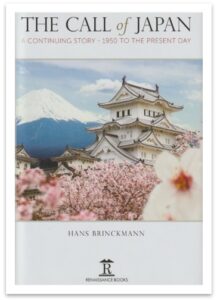




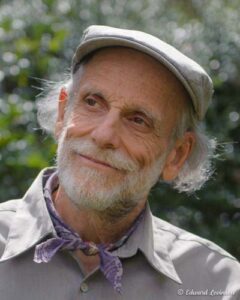
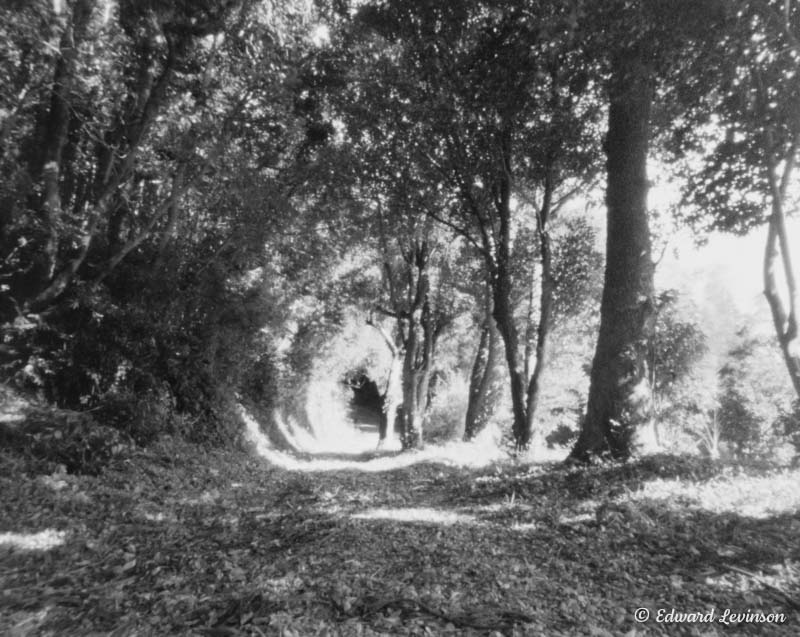
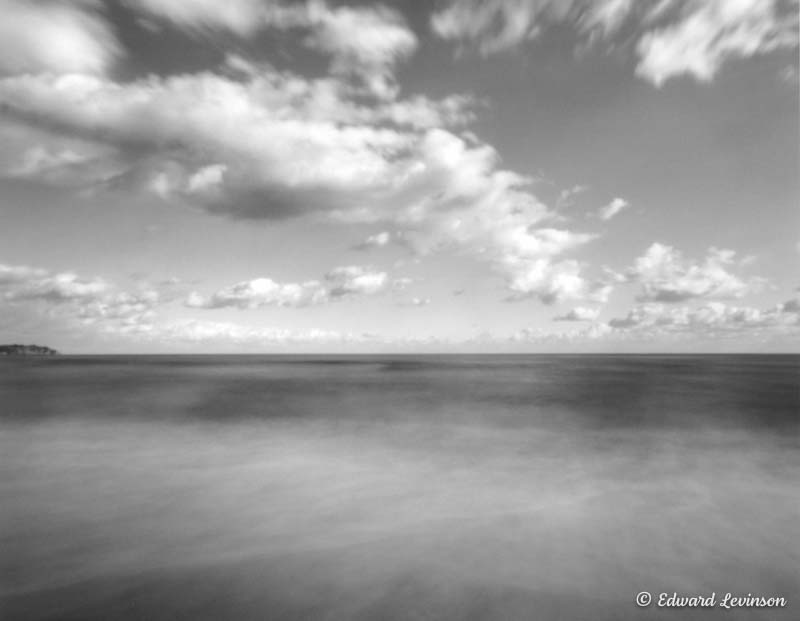
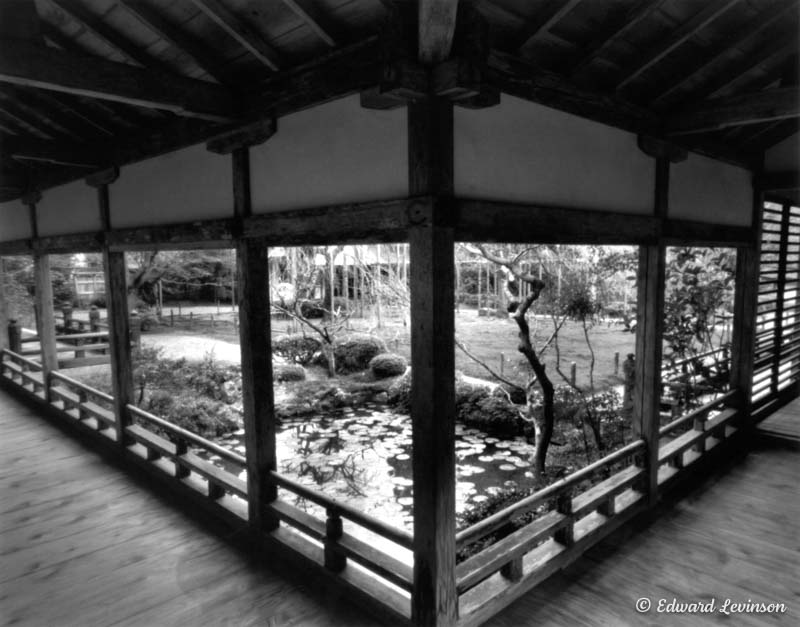
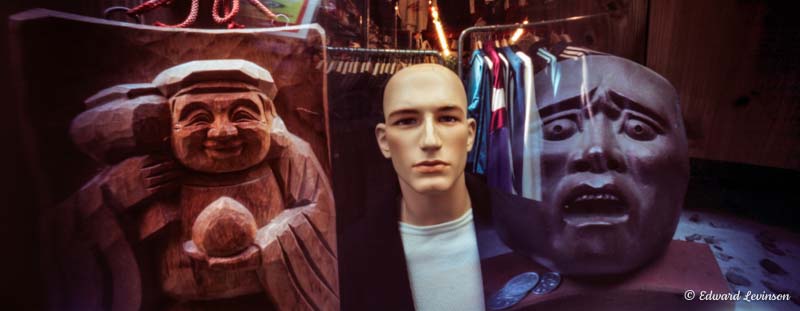

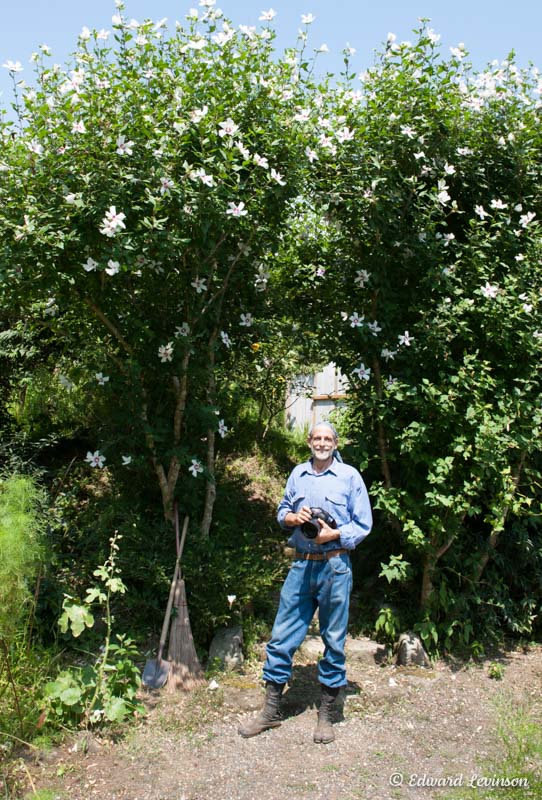


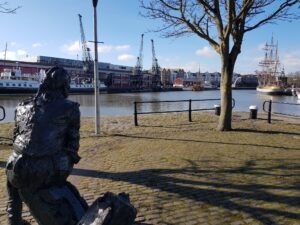

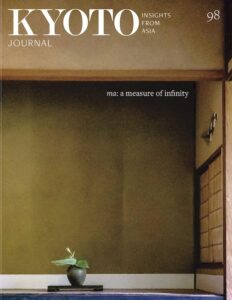
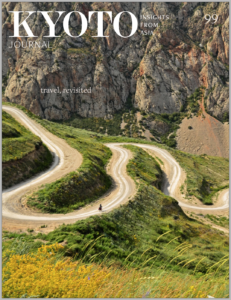
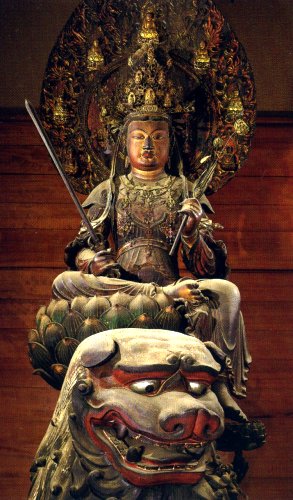
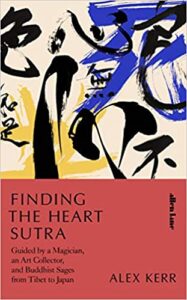

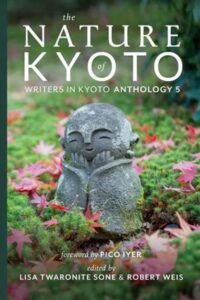
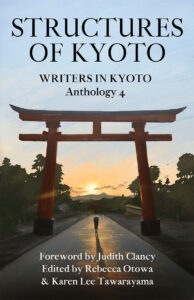

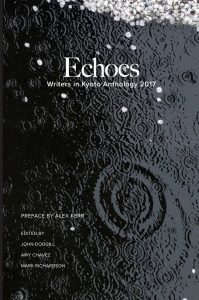
Recent Comments